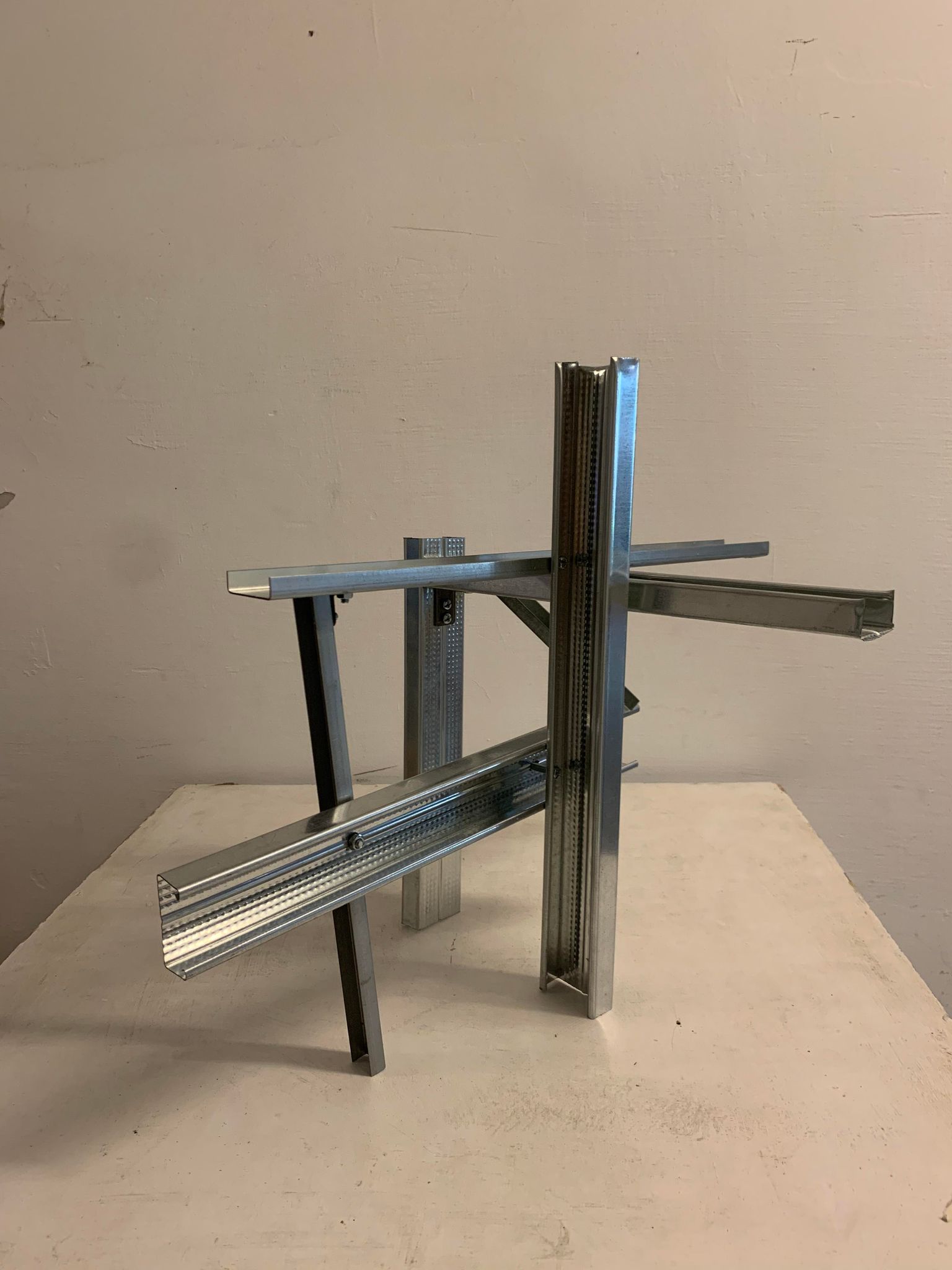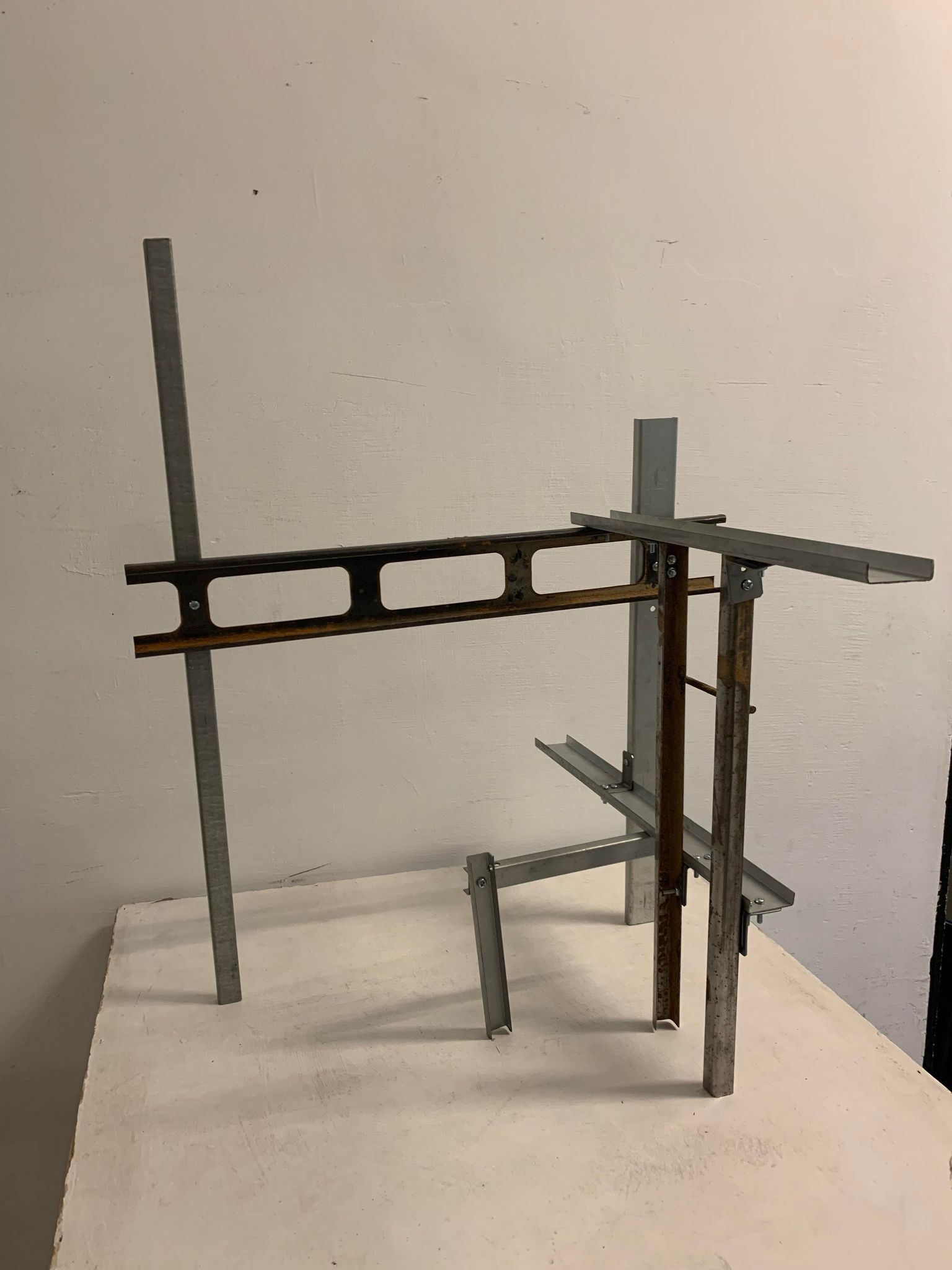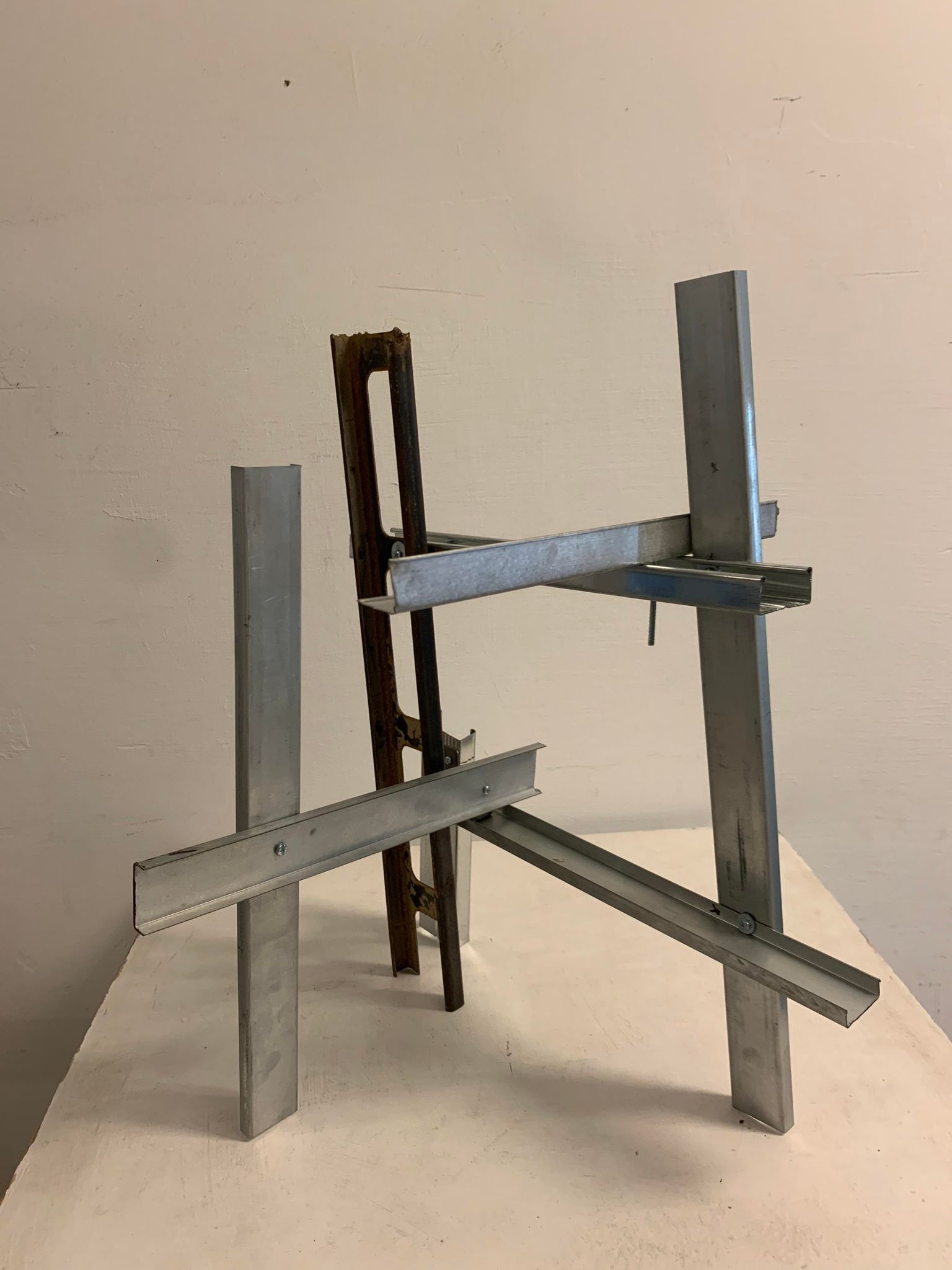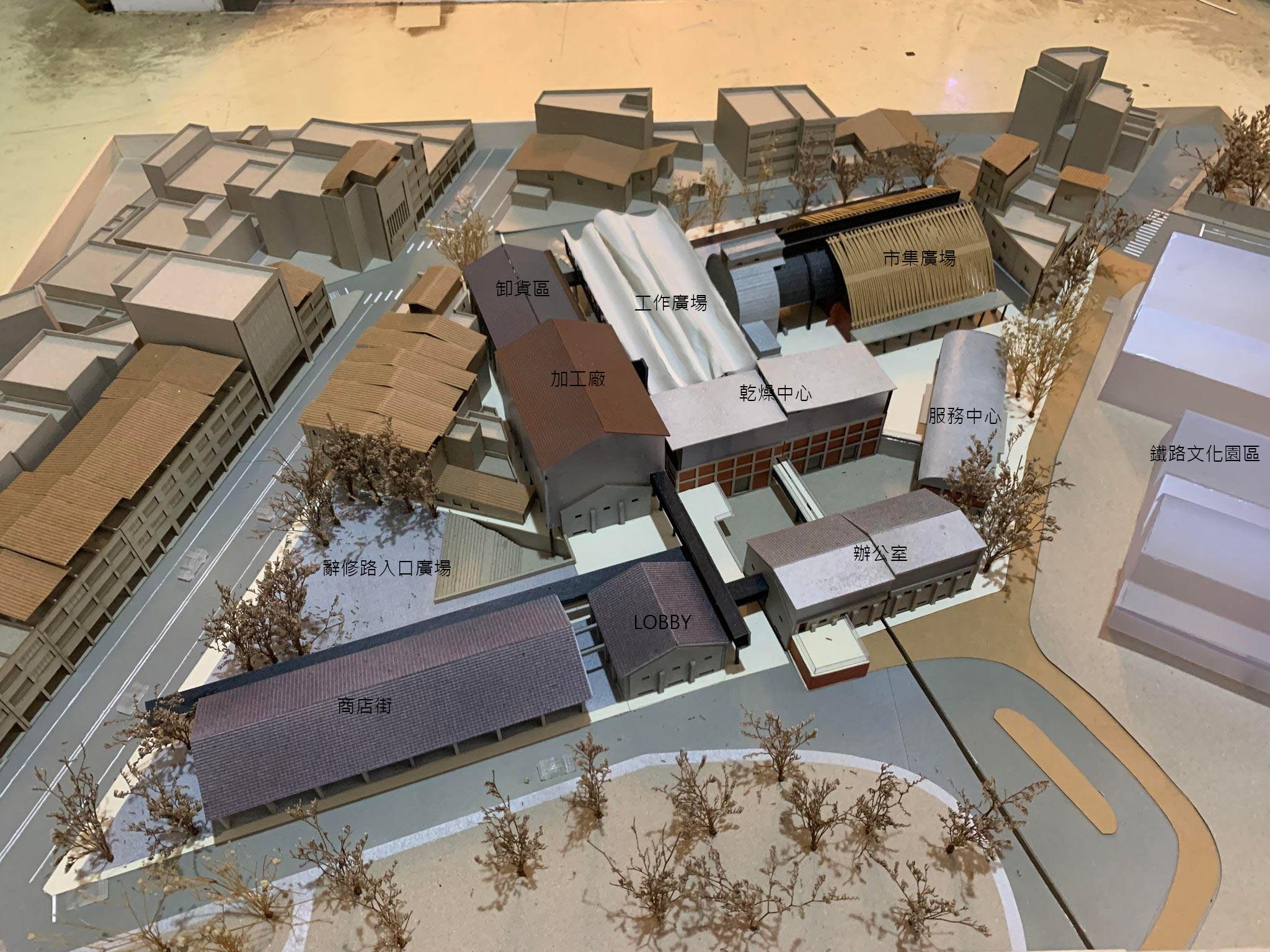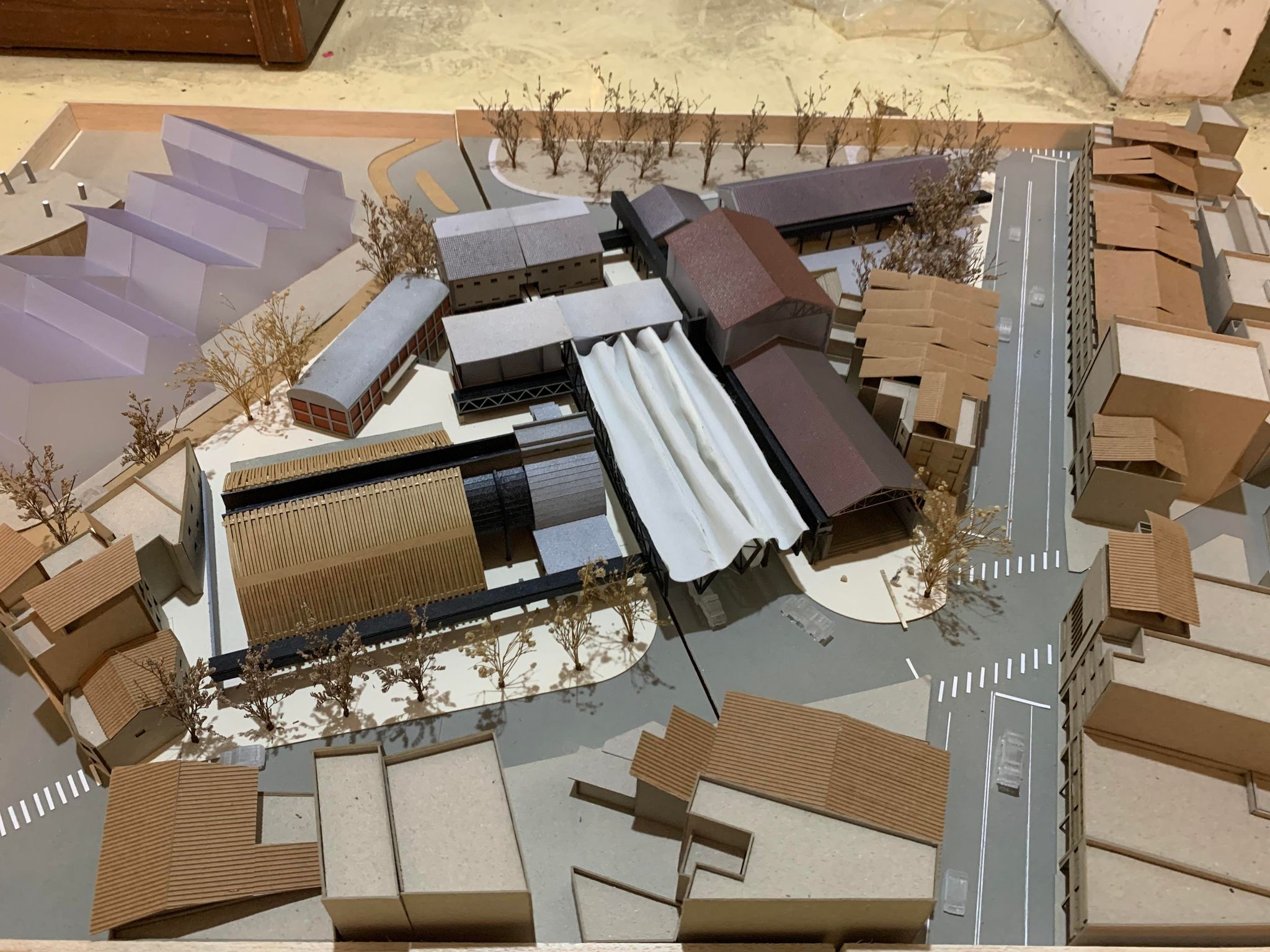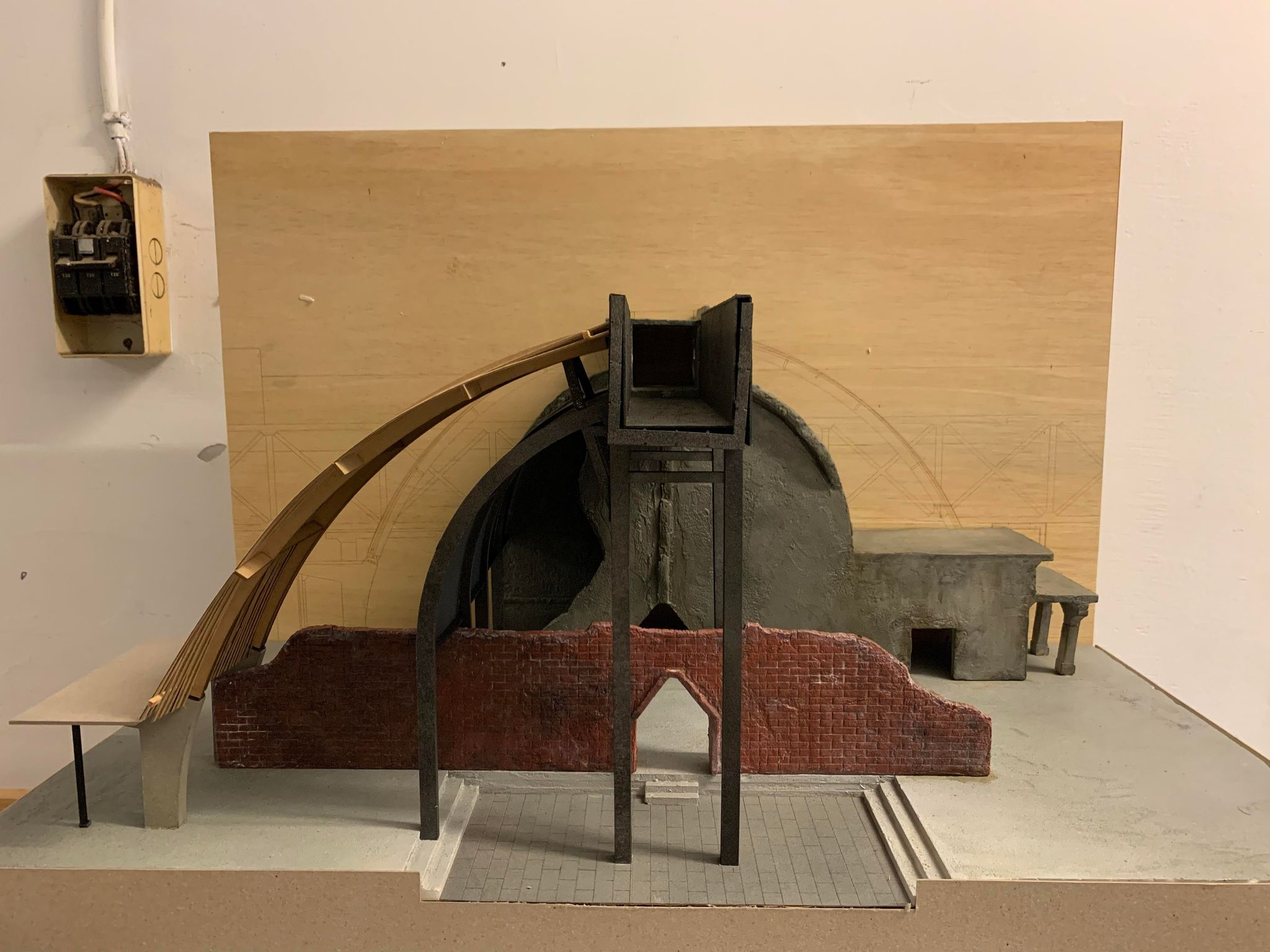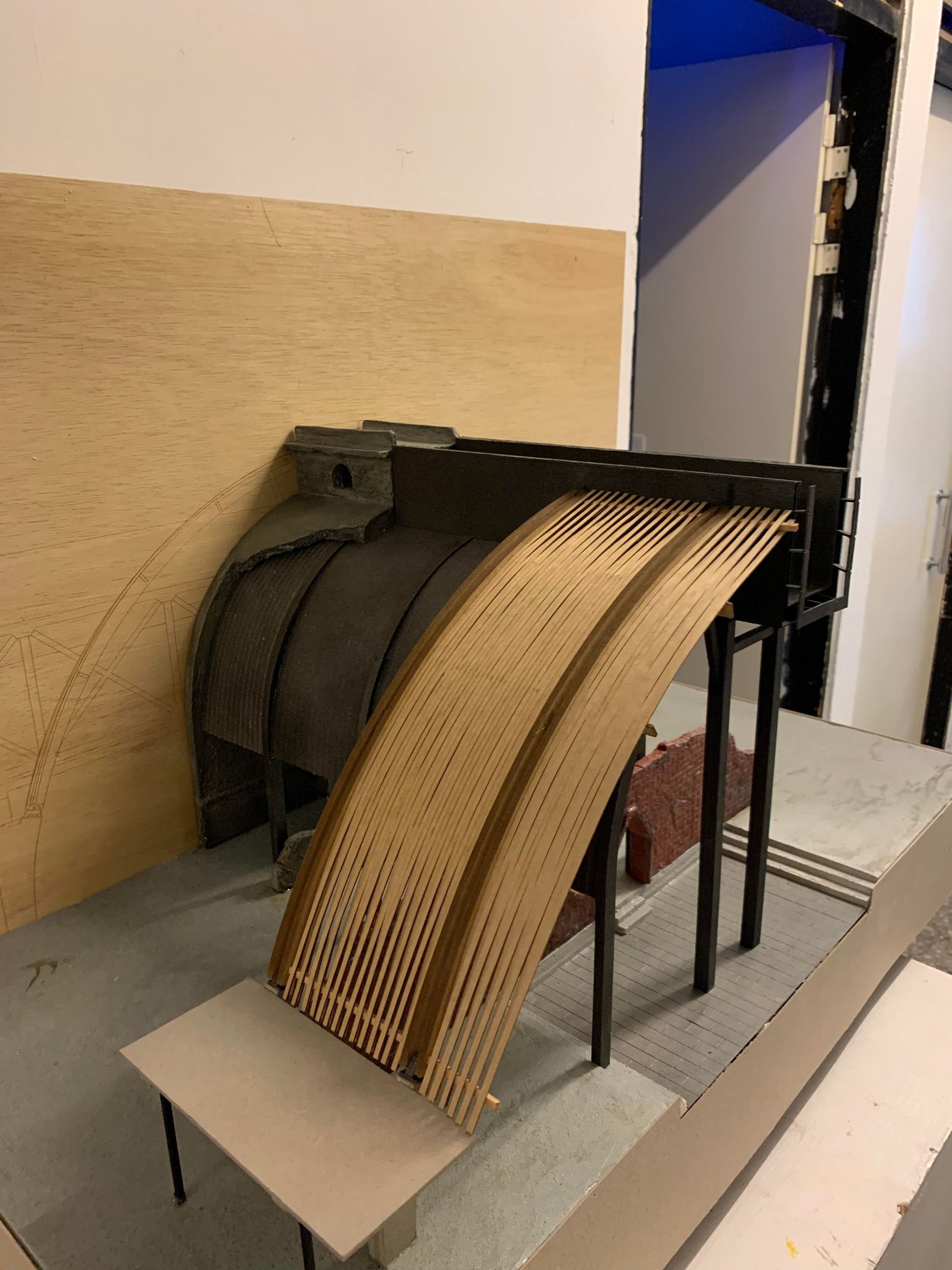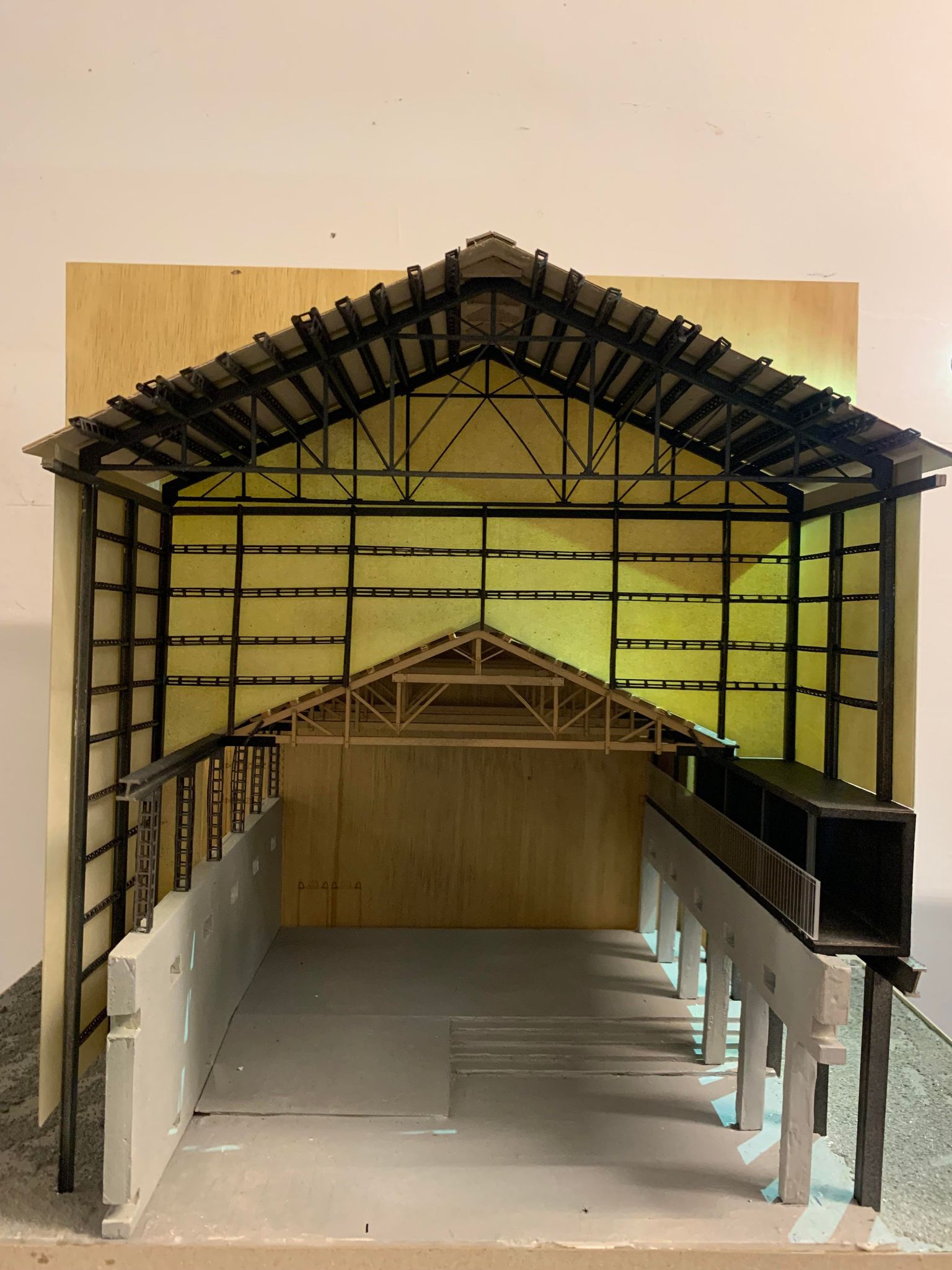The agricultural warehouse is the only one left among the first batch of barns after the increase in grain production during the Japanese occupation period. This barn organizes the storage, processing, packaging and sales of rice after harvesting in the same space. The characteristics of the entrance space make it like a performance field to express the post-harvest processing, and thus become the cultural center of contemporary agriculture.
Up to now, under the influence of history and politics, agriculture has been gradually replaced by industry, and the peasant association system has also changed after the war.
In 2016, half of the agricultural barn was demolished by the peasant association for safety reasons. After being rescued by the Cultural Bureau, the remaining 1/3 remained. The original arch was demolished in half, and it will collapse at any time and need to be rebuilt.
In the process of observing and recording the production of the base, I saw interesting space experiences at the base, the buildings left over from the four historical periods, and the space experiences formed in response to new machines and tools when the industrial age came. In order to adapt to these machines, we can also see the state where new structures overlap the old walls. These states have also become the interpretation of the old buildings by the base.
In terms of design, I try to reopen the base, find the publicity in the past, and analyze the spatial experience of the overlapping of these new and old, light and heavy structures on the base, and try to organize the base with new The medium responds to the old house, hoping to reproduce or reproduce the power of agricultural culture through this new peasant association.
